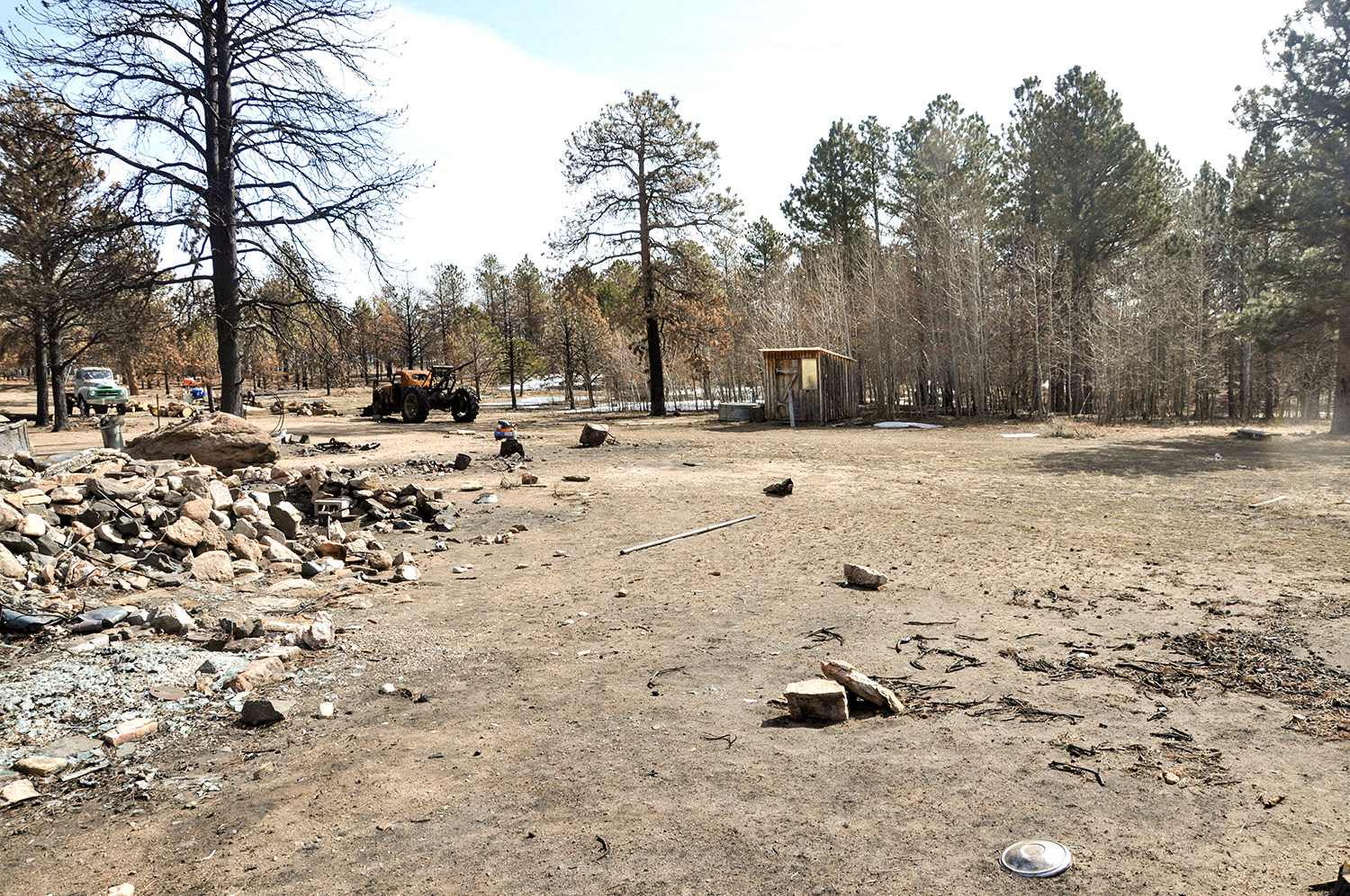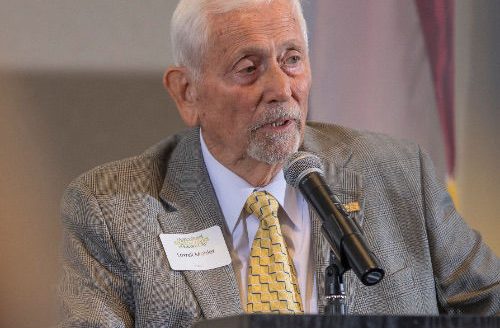A new University of Wyoming bulletin provides important baseline data for current and future studies at the University of Wyoming-owned Rogers Research Site and surrounding lands in the Laramie Mountains of southeast Wyoming.
RRS Bulletin 6, Soils of the University of Wyoming Rogers Research Site, North Laramie Mountains, Wyoming, B-1298.6, details a soils inventory and mapping project that started in 2009 and continued after the 2012 high-intensity Arapaho Fire, which burned approximately 98,000 acres in the north Laramie Mountains, including RRS.
When Col. William C. Rogers bequeathed his Triple R Ranch to UW in 2002, he stated in his will the 320-acre parcel now named in his memory should be used, in part, for research relating to the improvement of forestry and wildlife resources.
Lead author Larry Munn, now a professor emeritus in the Department of Ecosystem Science and Management in the College of Agriculture and Natural Resources, completed his field work at RRS in 2014, and then collaborated with Shawn Lanning in the Wyoming Geographic Information Science Center and others to create five digital soils maps, both pre- and post-fire.
Objectives, in part, were to provide baseline data for other studies at the site, including one focused on post-fire ponderosa pine restoration, another comparing pre- and post-fire soils, and a third examining how the additions of various soil amendments affect soil microbial community recovery.
UW faculty-student teams are carrying out these ongoing projects. Preliminary findings from the ponderosa pine study were presented in RRS Bulletin 5, and early results from the other two studies will be detailed in a pair of bulletins nearing completion.
The first six bulletins detailing research and other activities at RRS are posted on the James C. Hageman Sustainable Agriculture Research and Extension Center website at bit.ly/RogersResearchSite. The bulletin is produced through UW Extension and is also available on its publication site. Go to uwyo.edu/uwe and select the Find A Publication link and then type the bulletin title into the search field.
SAREC and the Wyoming Agricultural Experiment Station within the College of Agriculture and Natural Resources manage RRS.
Munn said RRS has good potential for additional research and he encourages graduate and undergraduate students to develop and carry out studies with their faculty mentors.
“I believe there are many opportunities up there, for example, a soil genesis project and the post-fire restoration of organic matters in the forest soils over time,” said Munn, who fortuitously completed much of his research before the lightning-caused Arapaho Fire.
Co-authors are Steve Williams, professor emeritus in the Department of Ecosystem Science and Management; Michael Urynowicz, professor in the Department of Civil and Architectural Engineering; and WAES editor Robert Waggener.
Waggener said the peer-reviewed RRS bulletins are not only intended for a scientific community, but a general audience as well, including students, residents of the Laramie Mountains, area land managers and others.
RRS Bulletin 6, for example, not only details the classes of soils found at RRS, which could help those who manage private and public lands in the mountains, it also has a section that explains soil classification.
“Professor Munn, who spent his career at UW teaching future scientists, says that soil classification can seem very complicated to those who do not use the system regularly, but he eloquently describes the soils of RRS and related soil classification in ways that are both interesting and understandable,” Waggener said. “Students and teachers alike can learn from this work.”


